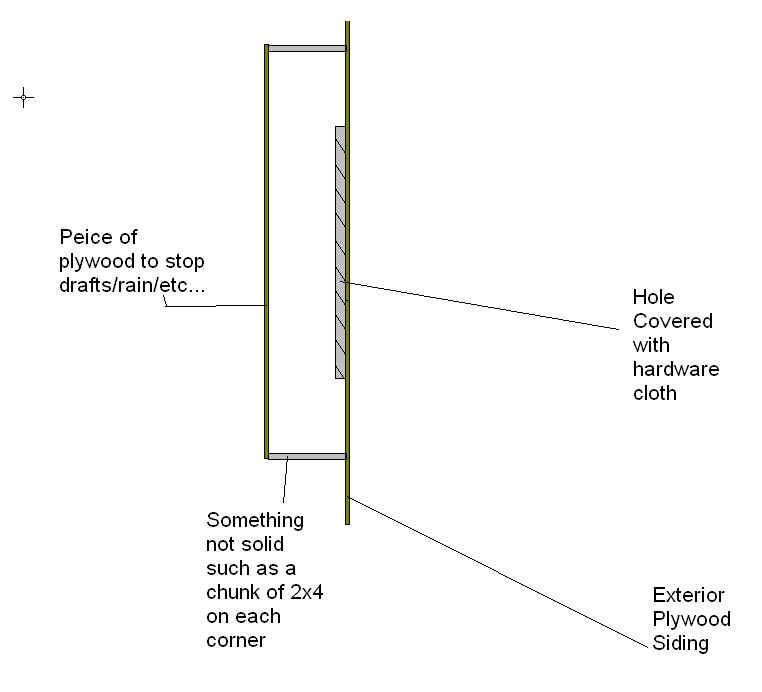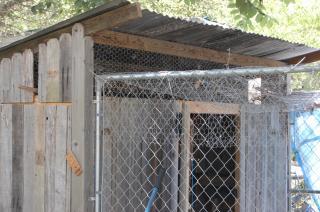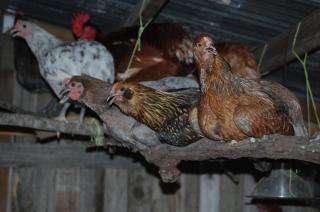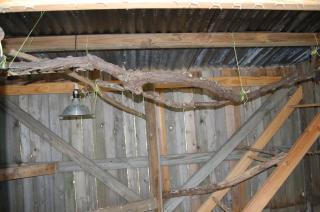What if I used something like in the picture.
A hole cut in the side covered with hardware cloth. Then a couple inches away from that, with a couple inches of excess around the edge of the whole, you have a peice of plywood. The plywood would stop drafts, rain, etc... Maybe if you needed to you could make it closeable from the inside? What do you think?

Thanks everybody,
MusicMan
A hole cut in the side covered with hardware cloth. Then a couple inches away from that, with a couple inches of excess around the edge of the whole, you have a peice of plywood. The plywood would stop drafts, rain, etc... Maybe if you needed to you could make it closeable from the inside? What do you think?

Thanks everybody,
MusicMan







